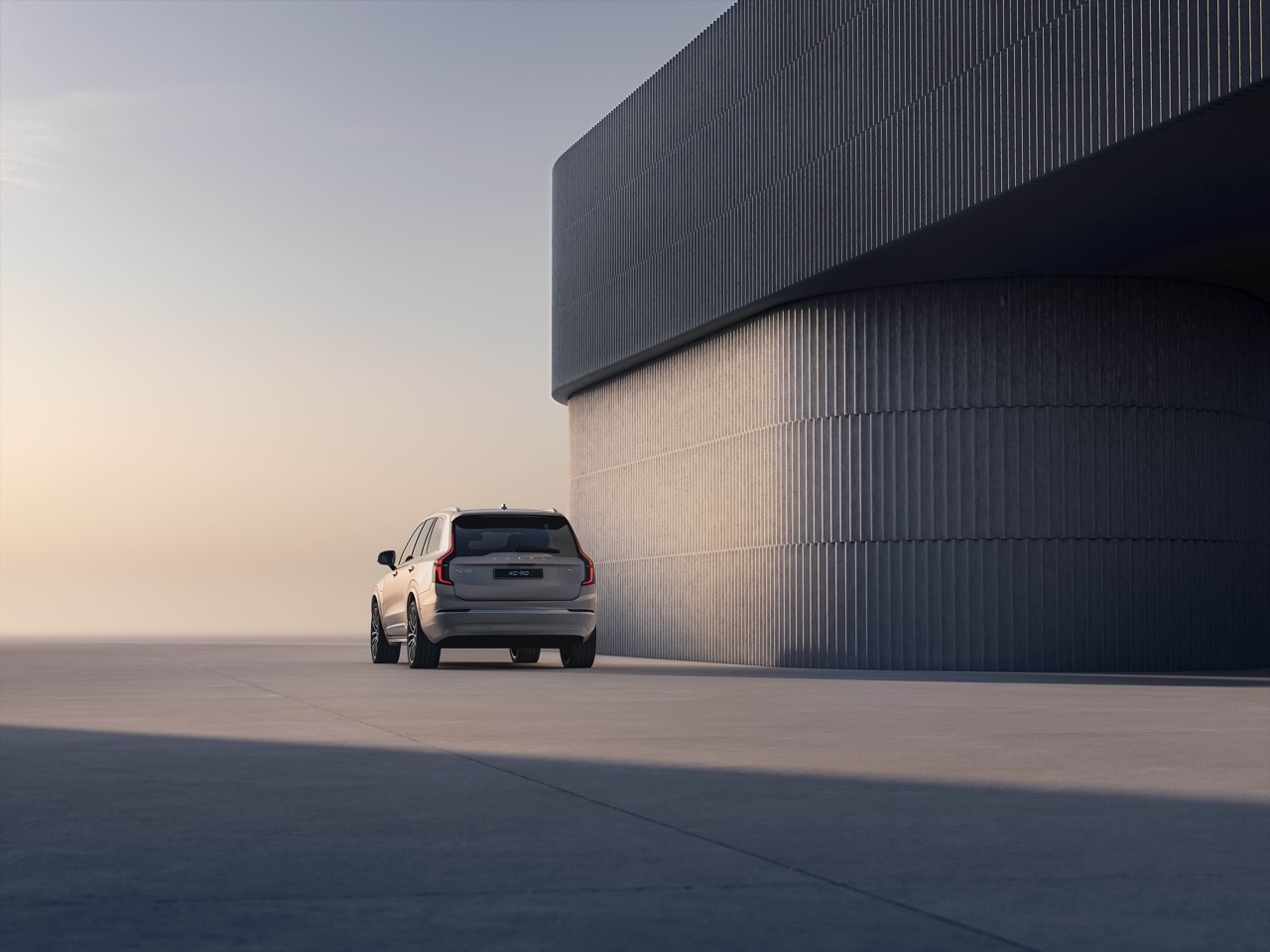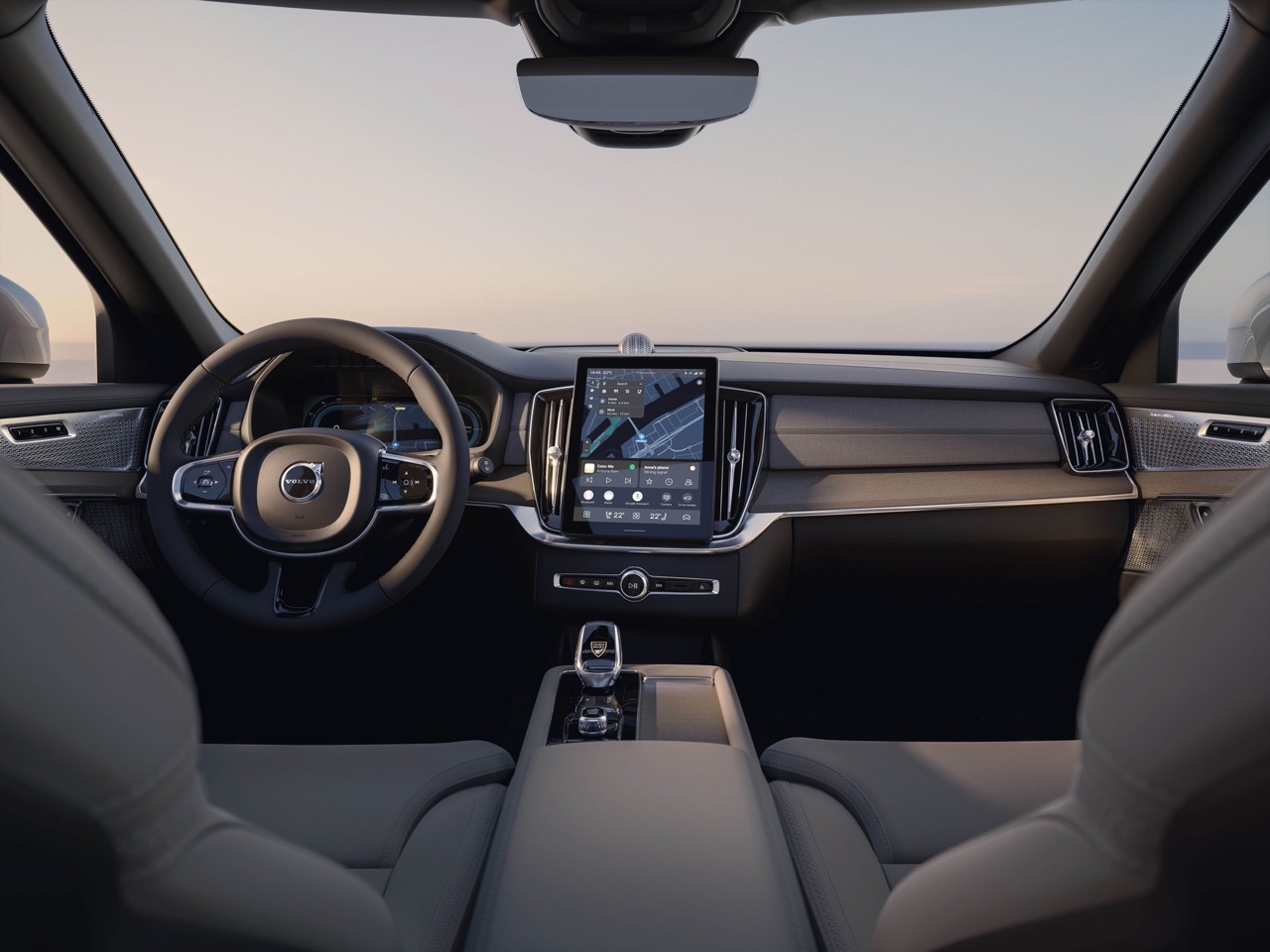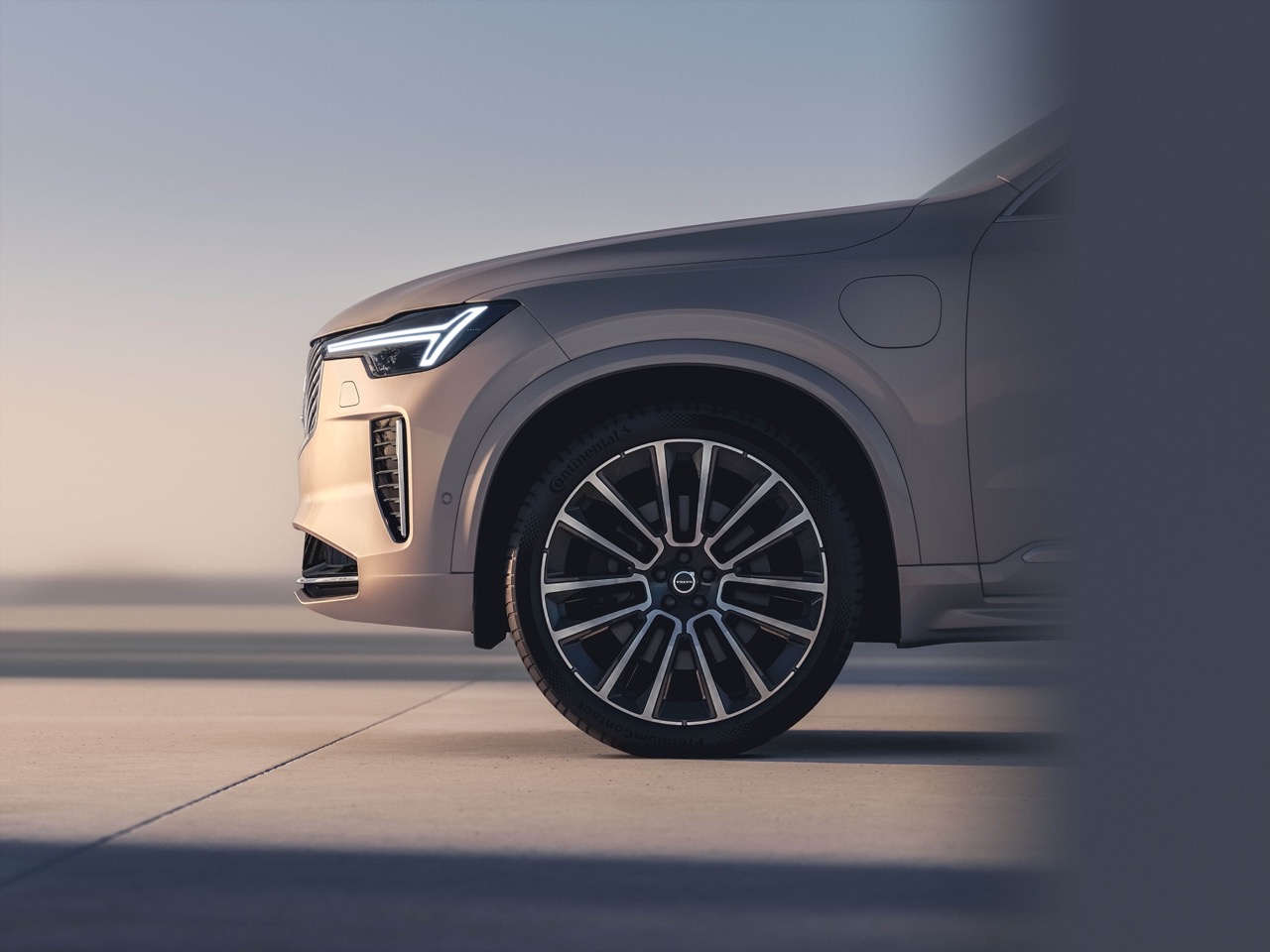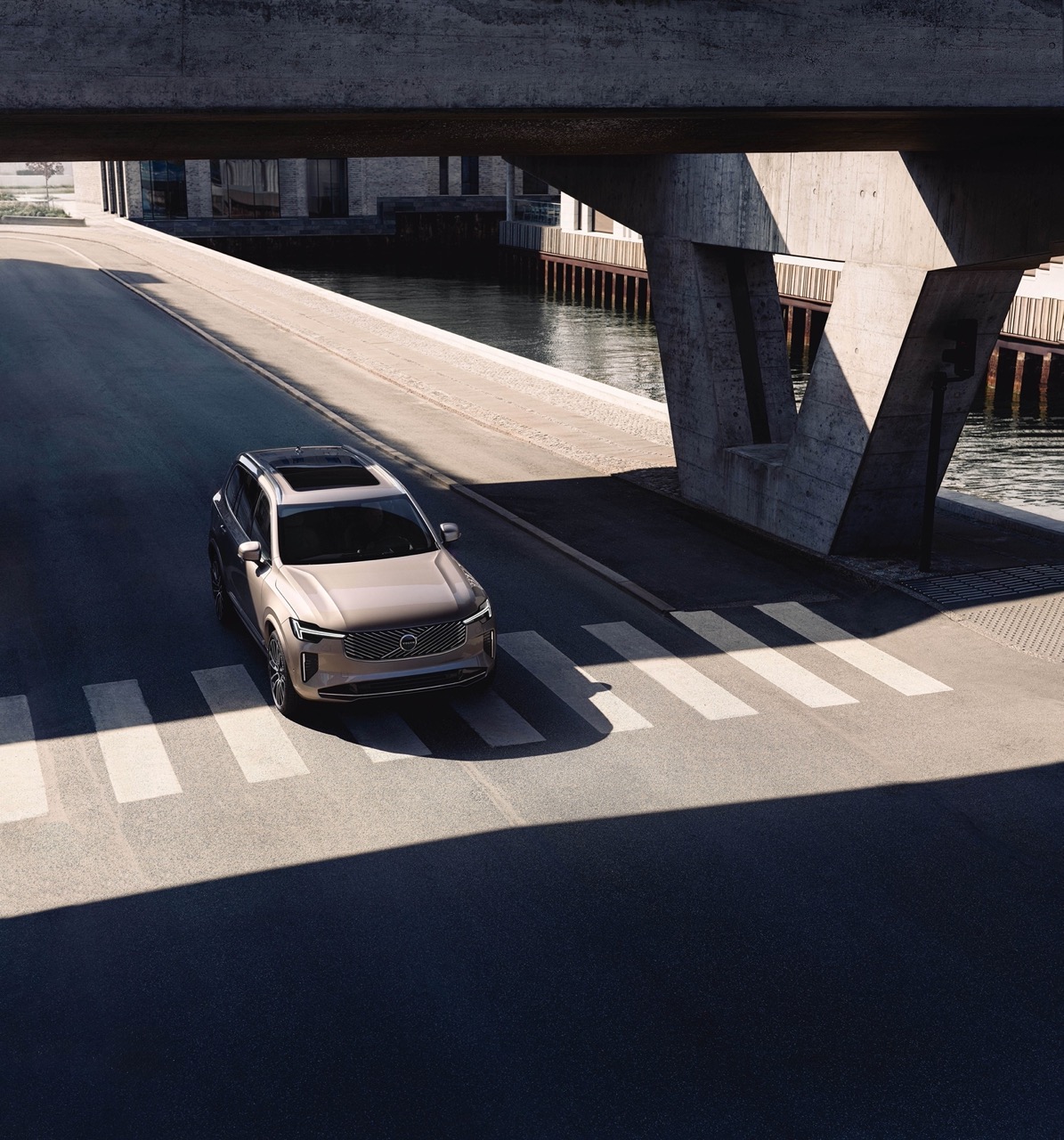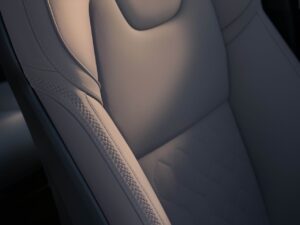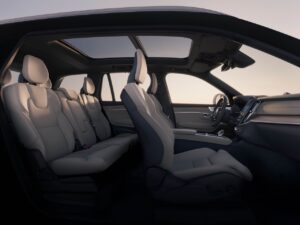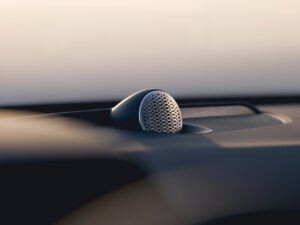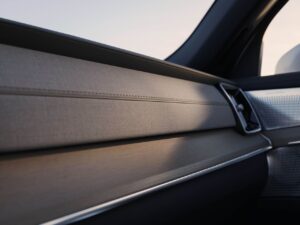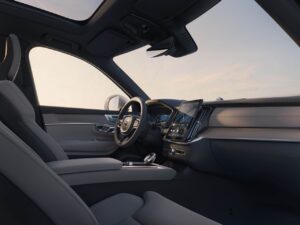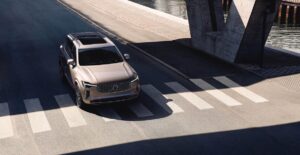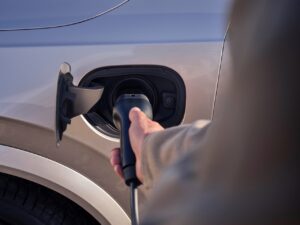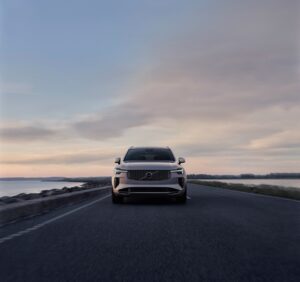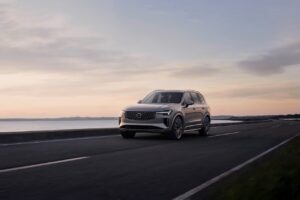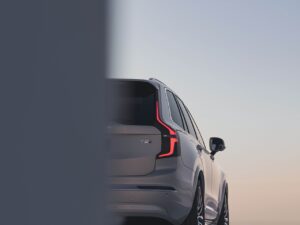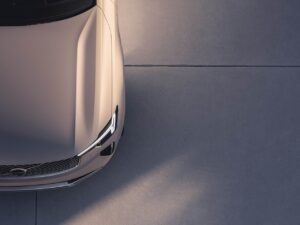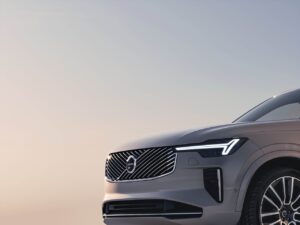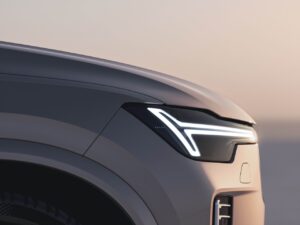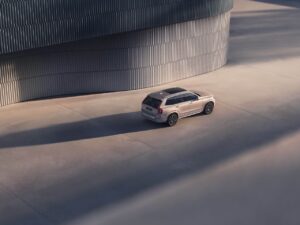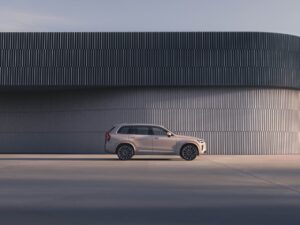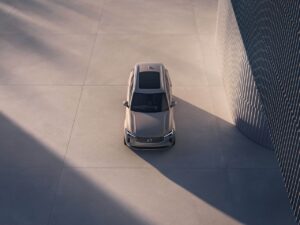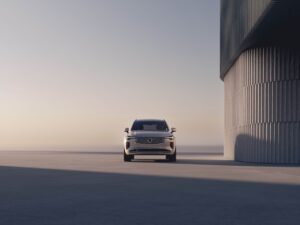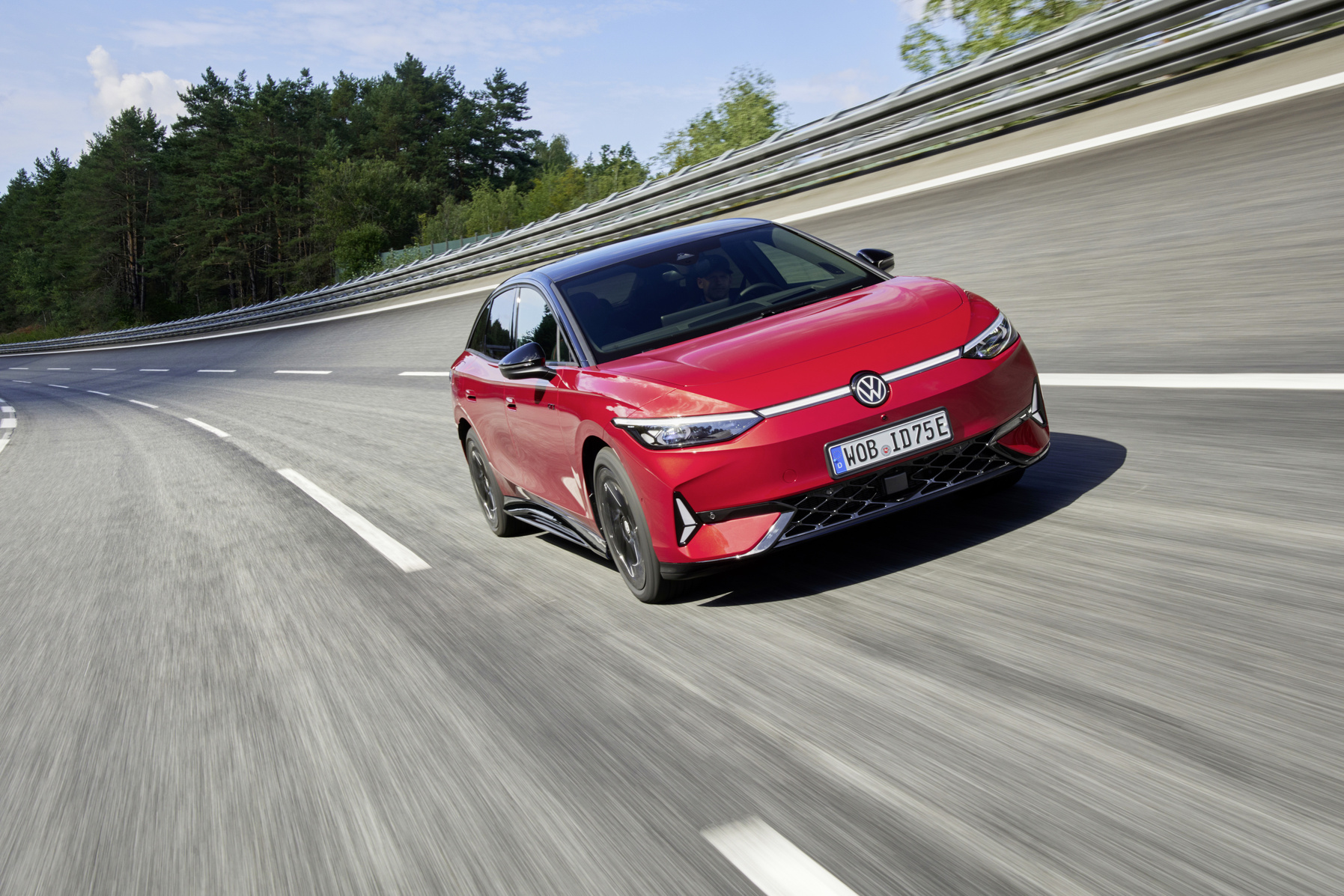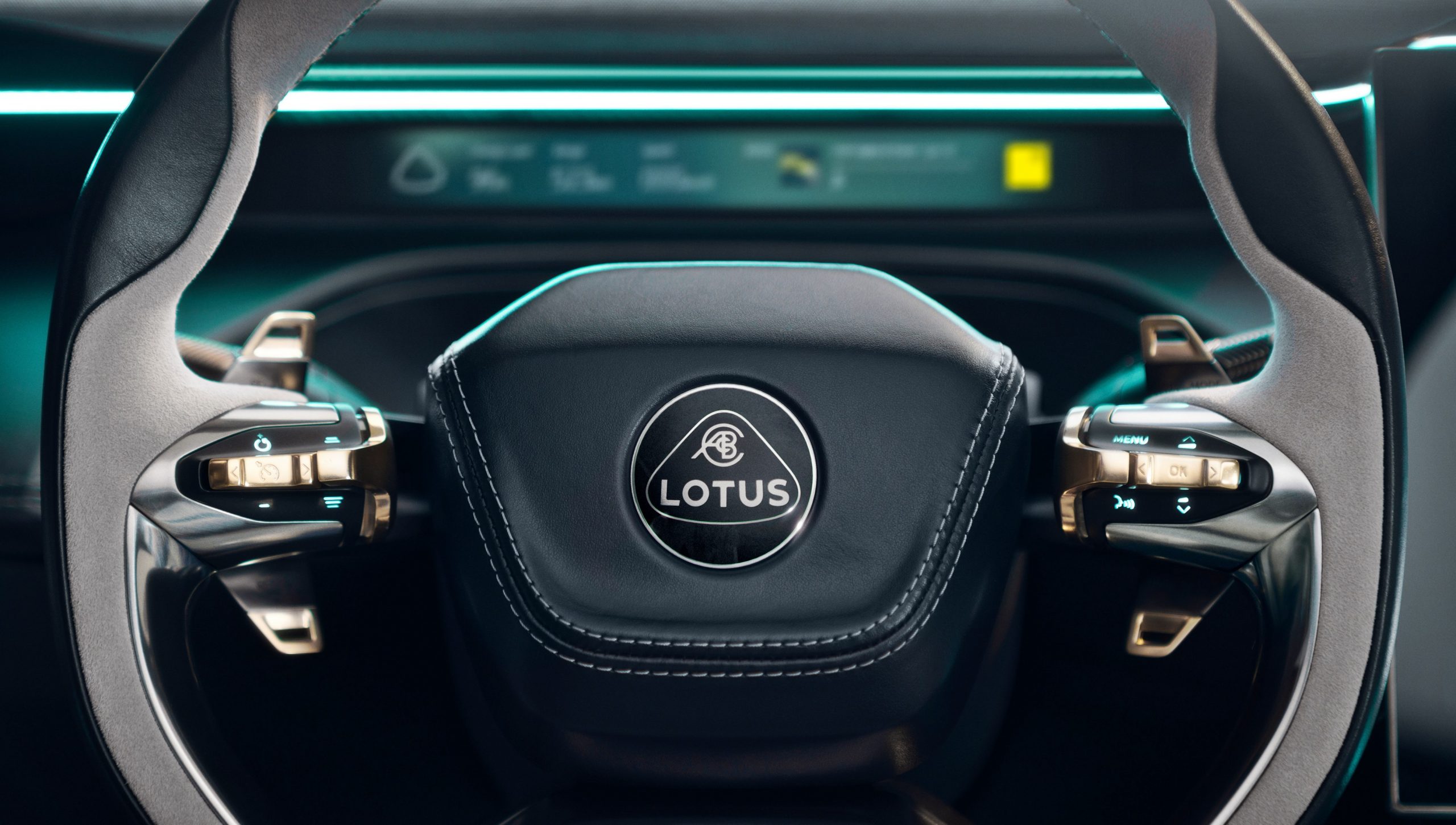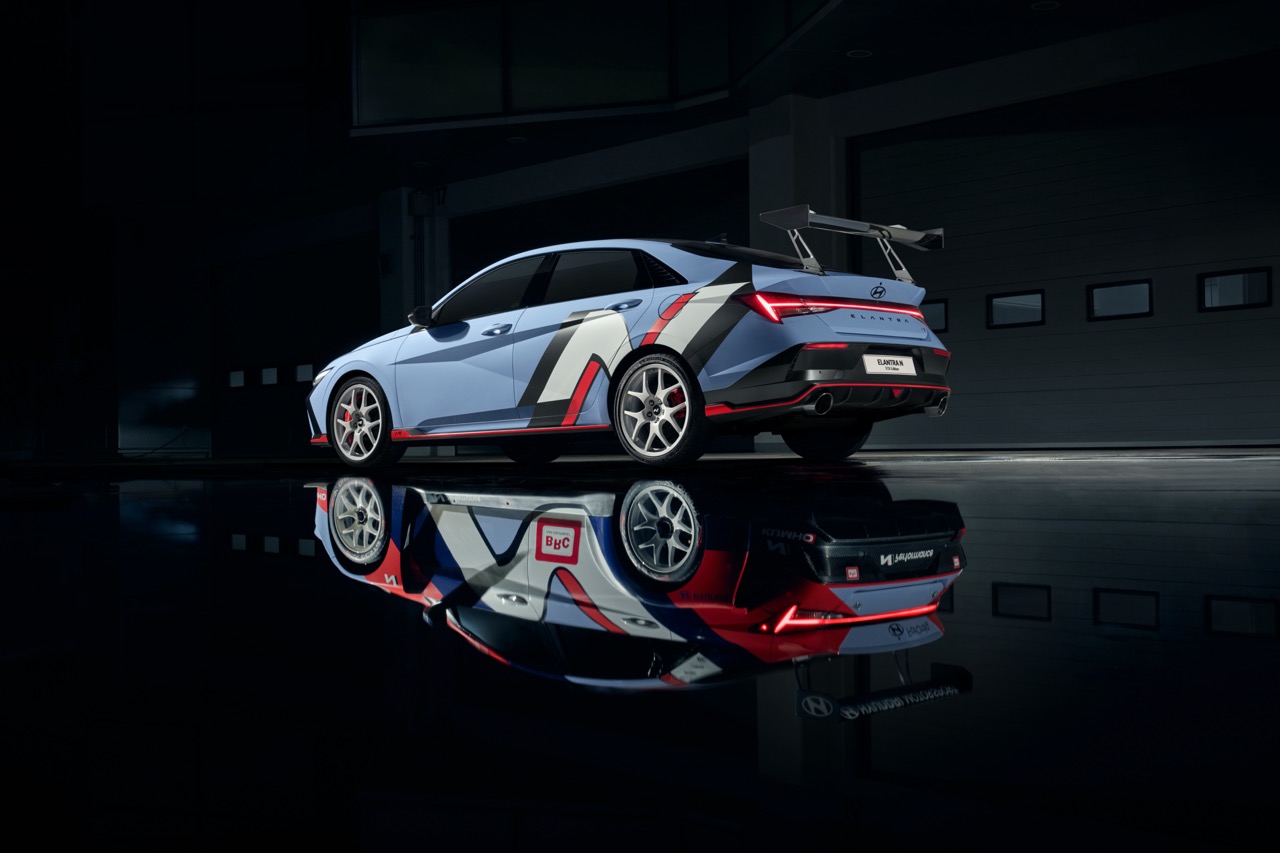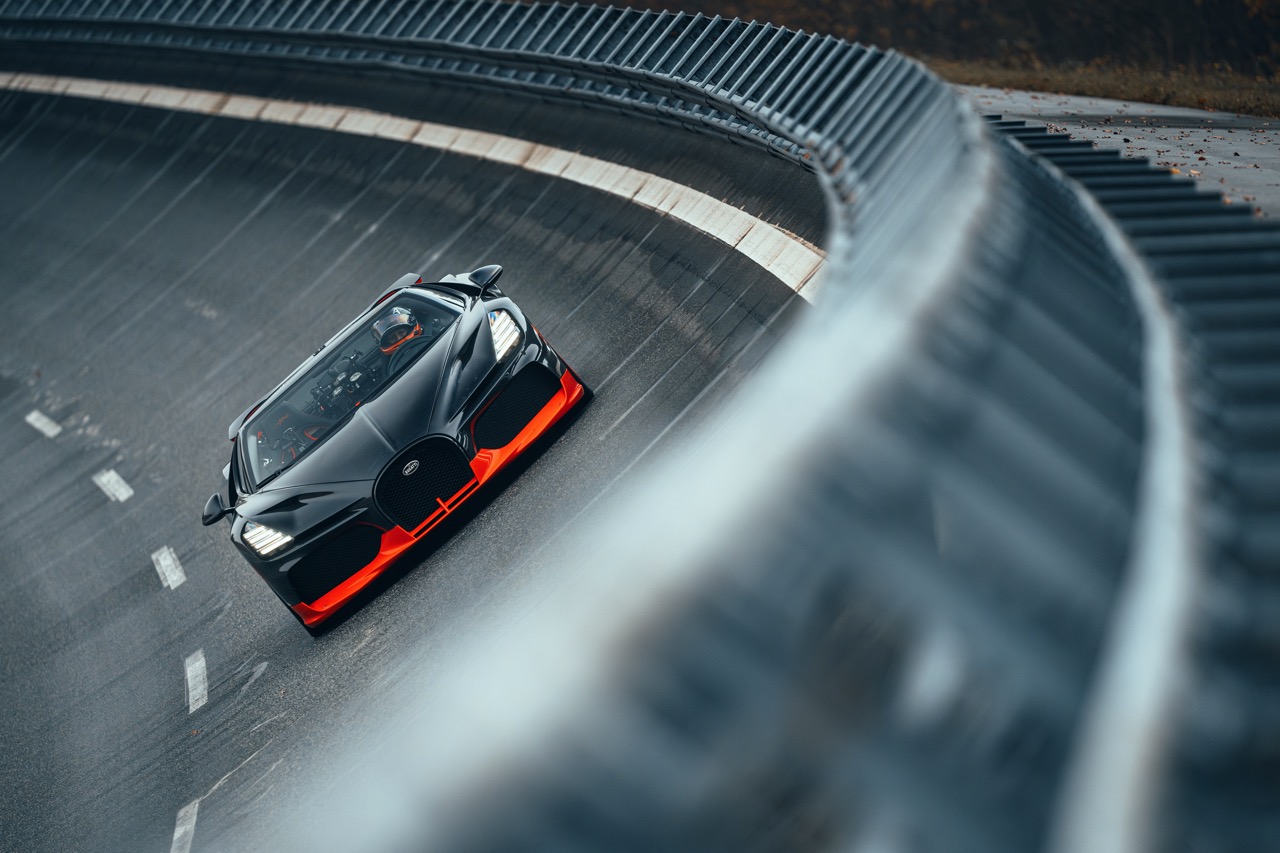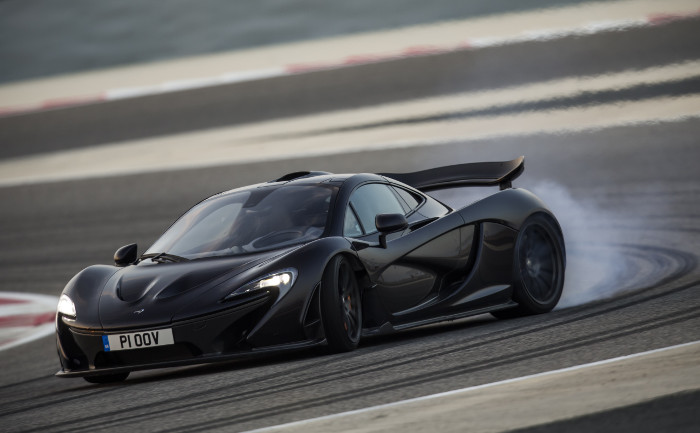At Volvo Cars’ Capital Markets Day in Gothenburg, Sweden, the company introduced a revolutionary approach to technology that will define its future—centred around the concept of continuously improving its vehicles over time. This shift in strategy will focus on engineering a single technological foundation, ensuring that Volvo’s cars get better with each update.
The Volvo Cars Superset Tech Stack
At the core of this strategy is the Volvo Cars Superset tech stack. This comprehensive system of modules, software, and hardware will serve as the foundational base for all future electric vehicles, starting with the EX90. The tech stack is like a set of configurable building blocks, allowing Volvo to adapt and enhance various models from a single base. This shift will enable continuous improvements across the entire product lineup, enhancing cars already in the hands of customers and speeding up the development of new vehicles.
According to Anders Bell, Volvo Cars’ Chief Engineering & Technology Officer, the Superset tech stack will dramatically improve quality, accelerate speed-to-market, and allow the brand to focus all engineering efforts in one direction, rather than spreading resources across multiple projects.














